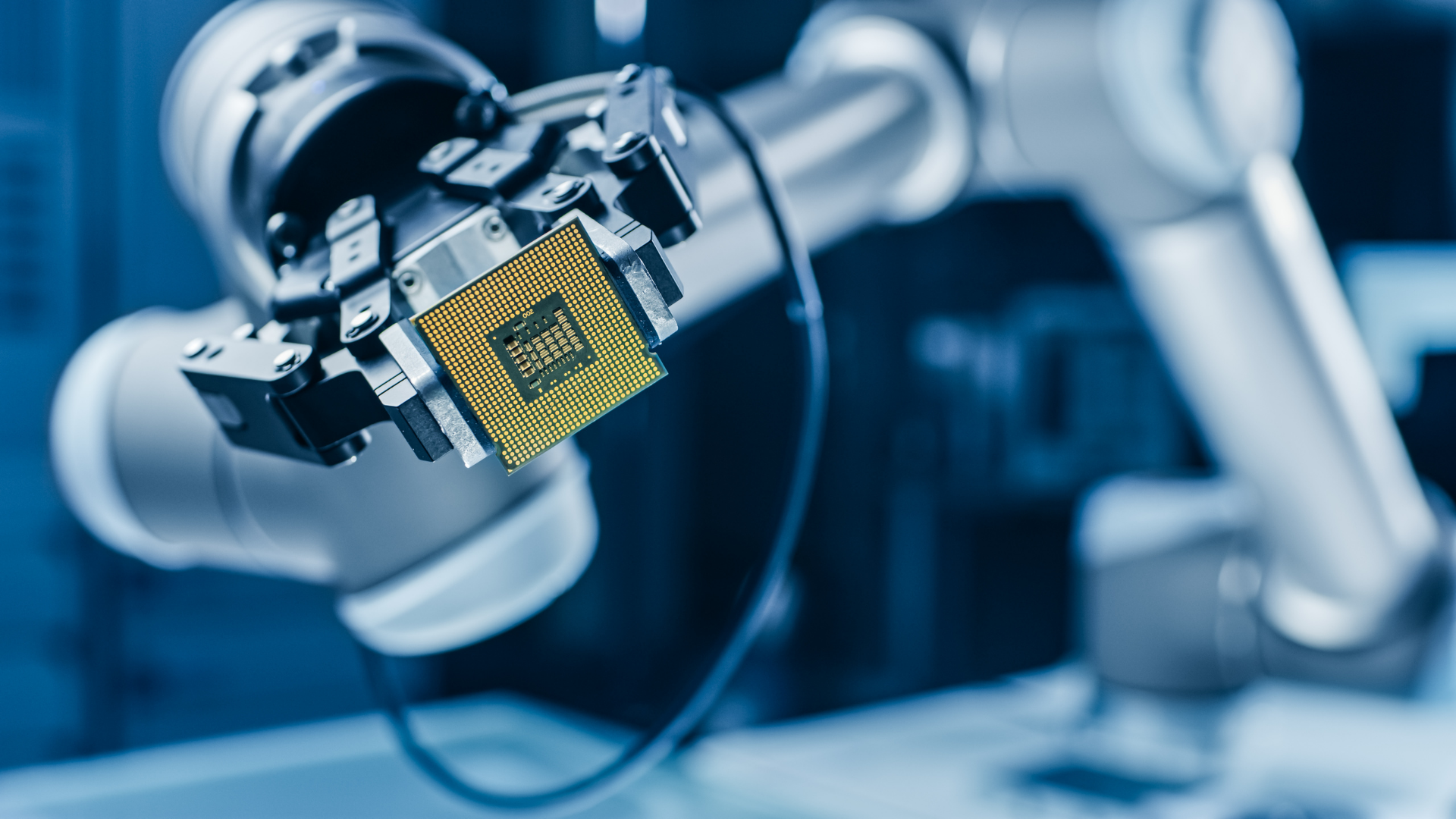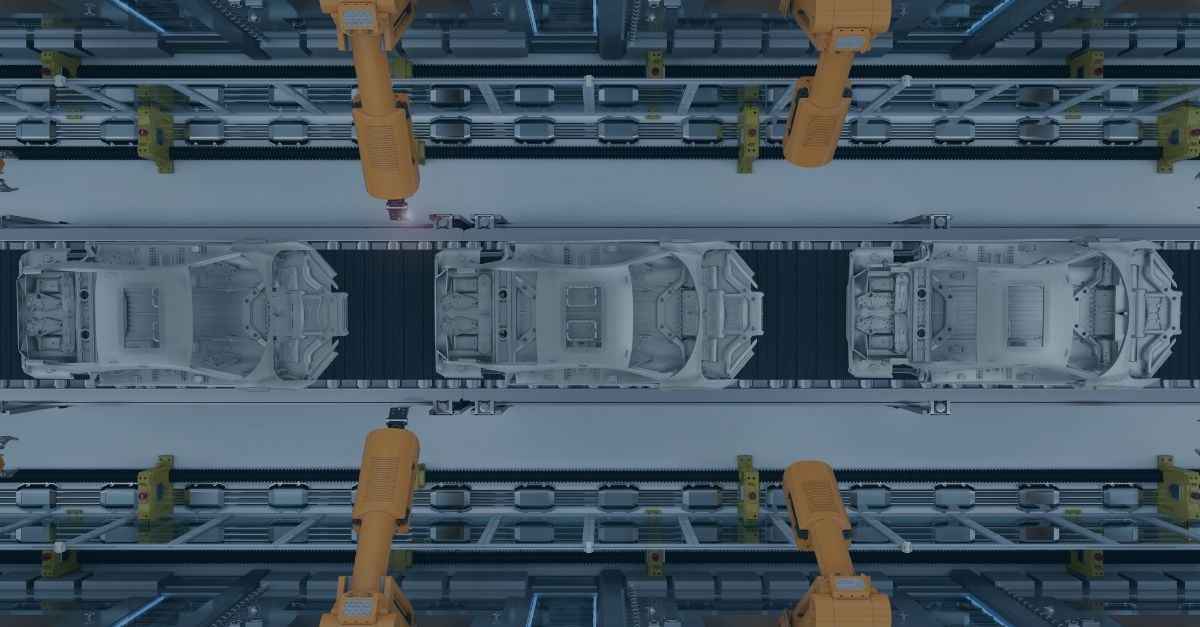1 min read
Find out what Selmo Technology is capable of
Controllable systems for safe and reliable production processes Every machine or plant in today's digital world consists of zeros and ones. Every...

Automation can only function if all data in the 'Internet of Things' is consistently visible, consistent and available - from the status in the machine to the reporting tools for management.
Selmo lays out the machine on a bit-by-bit basis on a process basis and thus enables software-optimised data integration and control. In addition to maximum functional and failure safety, the plant operator achieves a high level of transparency - and thus the most important driver for success in Industry 4.0.
Overall Equipment Effectiveness (OEE) is one of the fundamental key figures for the resource-optimised use of a machine. Selmo builds OEE testability into every bit. All components receive their own OEE identifier, and all important data points can be read out via standard interfaces. In the digital twin, the process or software can be run and tested with Selmo, while the actual machine exists only on paper. In this way, virtual commissioning via the PLC is possible - with the real PLC program and the HMI to be used later. This makes real commissioning safer and easier. In the case of a retrofit, machines can be converted at exactly the right time - without any loss of productivity.
If the machine is completely virtual, it can be transferred to any hardware in the future. This eliminates the question of whether the upgrade will run as smoothly and effectively as the original when it is replaced. Numerous evaluation options also help with important resource and optimisation questions. Energy management becomes an everyday business when all data on consumption and use are consistently recorded, stored and evaluated. This improves the ecological footprint. The data is the perfect basis for innovations so that manufacturers and developers can work on the machines of the future.
More models, shorter cycle times, a dense supply system and a high degree of standardisation: the automotive industry was not the inspiration for the development of the Selmo Standard without reason. Even though automation has gained ground via uniform standards, many complex processes are often still designed via different control specifications that are programmed manually.
This is error-prone, cost-intensive and slows down every process step in an already small-scale value chain. When designing the standard, the Selmo Team therefore concentrated from the outset on standardising generally valid functions and structures of machines and developing a common control language for all machines in the entire value chain. Since the standard is automatically translated, i.e. algorithmically generated, by the patented Selmo process, it is also followed.
Plant operators and process experts can concentrate on their core competencies with the Selmo method of process-logical modelling - without frictional losses in project planning and without having to constantly reconcile basic requirements.
SELMO is designed so that every machine operator can become an engineer and have his machine under bit-by-bit control.
What is not important in the process today can be integrated independently and without great effort tomorrow. This means that the future is moving into all processes as the most important component of modern value chains.

1 min read
Controllable systems for safe and reliable production processes Every machine or plant in today's digital world consists of zeros and ones. Every...

Machines are at the core of every manufacturing company. They are the driving force behind the efficiency and success of a production line. However,...

Few like to address it, but the numbers speak for themselves: According to the 2022 Senseye study, unplanned downtime and production stoppages are...